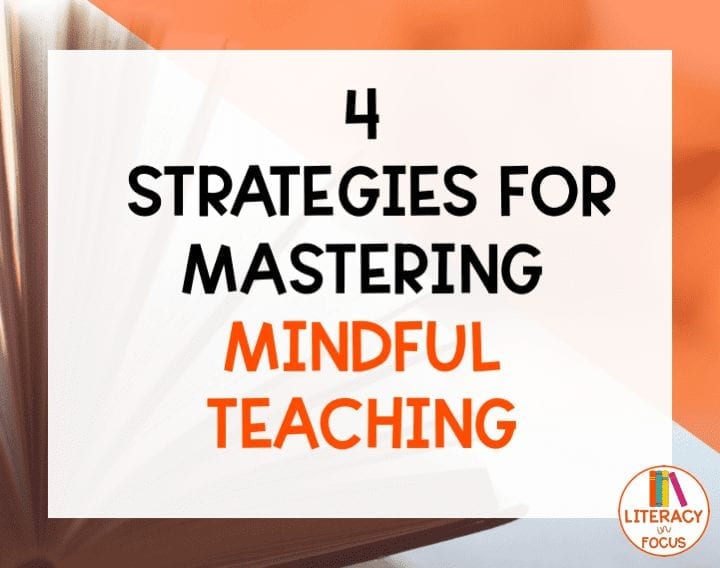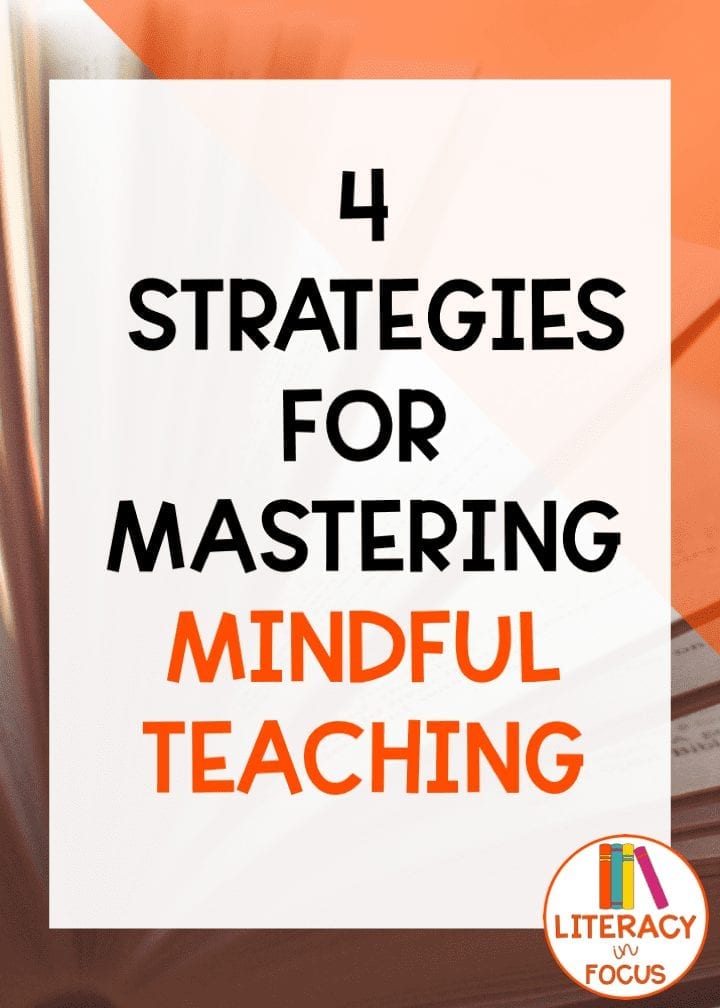
If you’re a teacher, chances are good that you are also an expert at doing ten things at once. It can become second nature to take attendance, sign a re-admit slip, start the presentation, and tell Johnny to stop making squirrel noises all at the same time. While multi-tasking is a necessary part of teaching, it can take away from experiencing the present moment, or, in other words, being mindful. Considering the demands of a modern day teacher, taking a broad and simplistic approach to mindfulness is probably your best bet. Countless studies link mindfulness to better health, lower anxiety, and greater resilience to stress. Incorporating four different mindful exercises throughout the school day can make a world of difference in your teaching as whole. When it comes to being mindful, a little goes a long way.
Breathing
Mindful breathing is simply the act of observing the inhale and exhale of each breath. Focused attention on your breathing will provide you with some distance from your thoughts and feelings, which can be especially beneficial during an overwhelming school day. It can be extremely difficult to live in the present moment when your to-do list is a mile long and you are constantly running from one task to the next. Mindful breathing gives you an anchor when you find yourself being carried away by the stress of always being on the go. Committing to an exercise like mindful breathing will help you slow down and appreciate the present moment.
Posture
Maintaining proper posture is another technique for increased mindfulness. Researchers from the University of Auckland have found that sitting or standing with an upright posture can function as a coping mechanism against stress. The simple act of being mindful of how we position our bodies creates awareness. Standing up straight has been proven to elevate self-esteem and create a stronger sense of security. Additionally, being mindful of posture requires you to put yourself first, which is something many teachers often fail to do, especially when the needs of students are so great. As the demands of the teacher seem to be increasing with class size, taking a moment to be mindful is critical.
Thought
Our teaching minds never turn off. I had a colleague once tell me that she comes up with her best ideas for lessons in the shower! Although thinking and planning future lesson plans are essential to success as a teacher, moments of mindful reflection are just as important. Racing from one task to another does not allow the mind to focus and settle. Thinking about why you are teaching and what you want to accomplish has the potential to produce a greater outcome. It is easy to get worked up, frazzled, and lost in racing thoughts as thirty (or more) little minds grapple for your attention. Taking a moment to acknowledge the present and clear your head will help to alleviate the feelings of being overwhelmed.
Stillness
As a teacher, the constant noise can be maddening. Pausing for a moment of stillness will help to replenish your mental resources. The ceaseless attentional demands of modern life put a significant burden on the prefrontal cortex of the brain, which is involved in high-order thinking, decision-making and problem-solving. Being mindful of your need to decompress is an act of self-care. A minute of stillness, also known as a mindful minute, is something that can fit anywhere in the work day. Simply close your eyes, let your breathing settle, and enjoy your calming moment of peace.
As teachers, being free from distractions is impossible. Taking mindful moments for yourself will require dedication and practice. Breathing, posture, thought, and stillness are four relatively easy ways to add awareness to your day.
